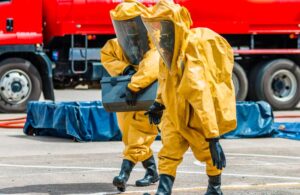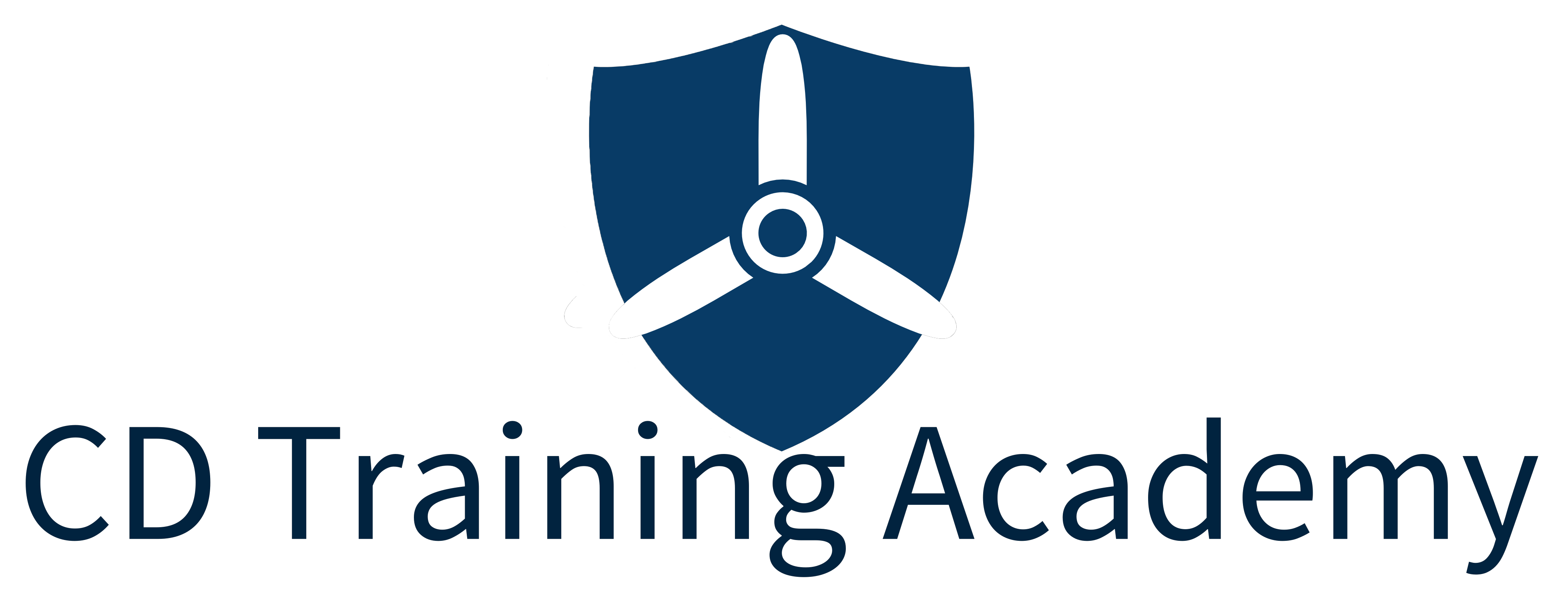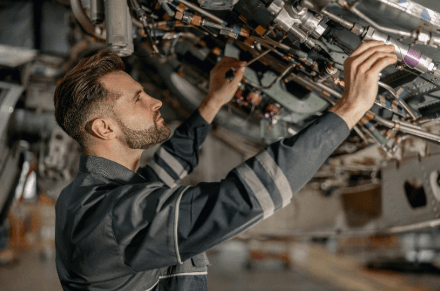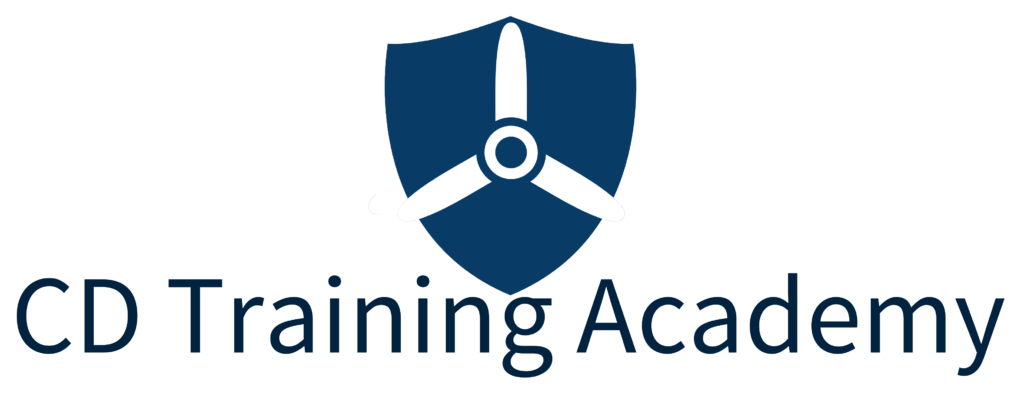EASA Part 145 Organizations are required to provide initial and continuation training that meets the standard requirements. Continuation training, a.k.a. recurrent training in the U.S., equip staff with a thorough understanding of EASA Part 145 requirements, organizational responsibilities, and best practices.
Certifying Staff and Support Staff
Certifying Staff (C/S) and Support Staff (S/S) must hold valid EASA Part 66 licenses, with authorizations not exceeding license scope. They must demonstrate recent experience, receive continuation training, and possess adequate understanding of relevant aircraft/components and procedures. The organization assesses prospective C/S and S/S for competence, qualification, and capability before issuing certification authorizations.
Initial Training
The accountable manager must demonstrate a basic understanding of Part145. Any job role within the organization that is responsible for ensuring that the organization complies with Part-145, including the Quality Manager, must demonstrate relevant knowledge, background and experience related to applicable aircraft or components maintenance for its operation, and a working knowledge of Part-145.
The organization must provide necessary training for personnel that are involved in any maintenance, airworthiness review management, or quality audits that are in accordance with a procedure and to a standard that is agreed by the competent authority. A large portion of an approved EASA Part 145 AMO’s training should include practical training to carry out any specified task to the required standard that ensures competency. Personnel must have a basic understanding of EASA Part 145. Each Organization must identify the tasks and jobs that the hired individual is expected to perform. Determine the necessary skills, knowledge, and experience that are necessary to perform the job role. All certifying staff must have an adequate knowledge of the aircraft, engine, or components along with knowledge of the Organization’s procedures that include initial and continuation training. The procedures for On-the-Job Training (OJT) of a Part-145 organization should be included in the Exposition Manual of the approved maintenance organization (AMO).
The EU Commission regulation 145. A. 35(d) mandates that staff under Part 145 undergo human factors training. This requirement is aimed at ensuring that certifying staff are kept up to date with the latest technology, procedures, and human factors issues. The goal is to enhance quality by promoting a deeper understanding of the human factors that can impact aviation maintenance and safety. The personnel involved in any maintenance, management, and/or quality audits are expected to understand the application of human factors and human performance issues appropriate to that person’s function with the AMO.
Also, training should include Fuel Tank Safety (AMC3 145-A-30(e) and Appendix IV to AMC 145.A.30(e) and 145.B.10(3)), and Electrical Wiring Interconnection System (EWIS) training in reference to AMC 20-22 should also be included.
Continuation Training
It is a requirement for these Organizations to provide continuation training for certifying staff and support staff. The certifying staff must be involved in six months of actual aircraft or component experience within a two-year period, sufficient continuation training that contains up to date knowledge that is relevant, organization procedures for compliance with all Part-145 requirements, SMS, and Human Factors. The Organization must ensure that all certifying staff and support staff receive “sufficient” continuation training every two years. The training should include up to date knowledge of any changes in relevant rules/regs, relevant technology, organization procedures, safety management, and human factors.
Conclusion
By adhering to the principles outlined in EASA Part 145, organizations can foster a culture of safety and quality within their operations. Effective implementation of these standards not only ensures regulatory compliance but also contributes to the overall reliability and airworthiness of aircraft, ultimately enhancing the safety of air travel. As the aviation industry continues to evolve, staying updated with the latest regulatory requirements and best practices remains crucial for maintaining the highest levels of operational excellence.








